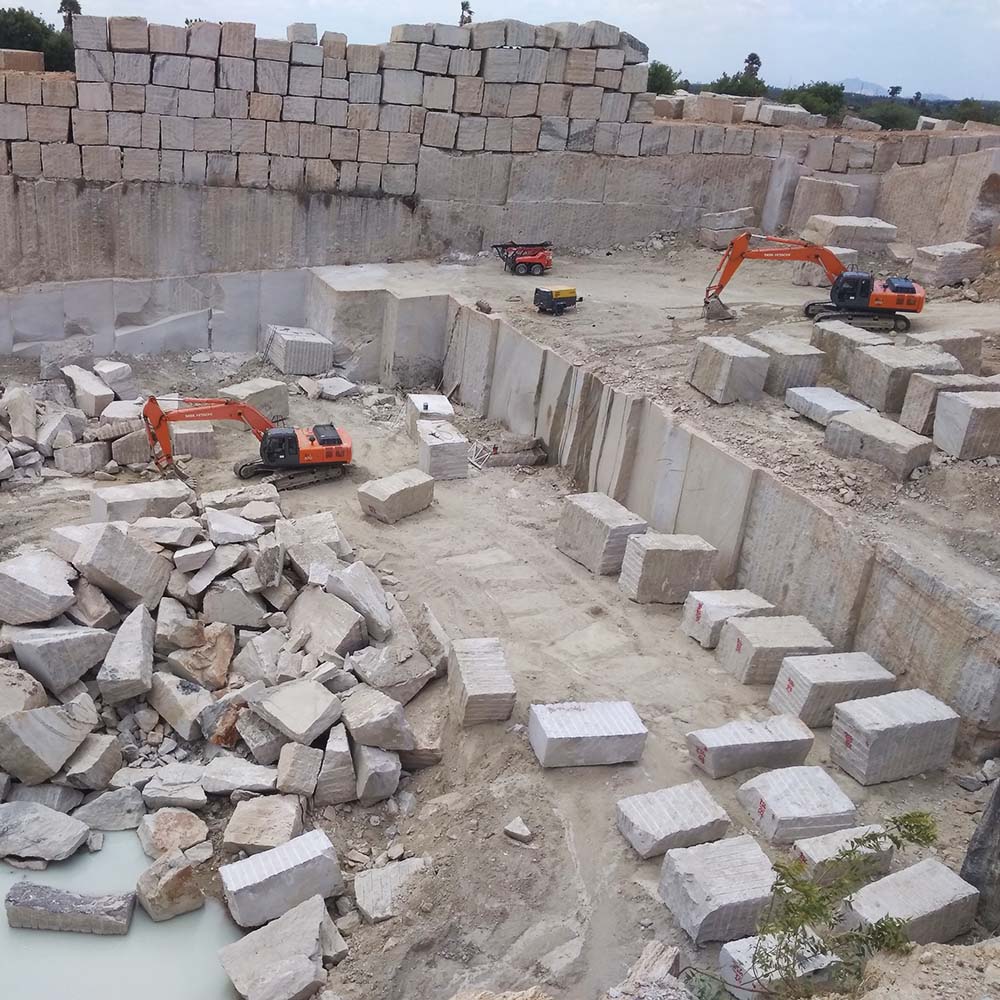Introducing the Mysteries of Granite Quarrying: Where Strength and Sophistication Meet
The globe of granite quarrying is a realm where the raw strength of nature assembles with human virtuosity to create structures that stand the test of time with an air of sophistication. From the midsts of quarries to the meticulous polishing in workshops, the procedure of changing granite right into building marvels is a complex dance of custom and technology. As we peer right into the midsts of this old craft, we begin to discover the concealed details that shape the very essence of our built atmosphere.
The Origins of Granite Quarrying
In the annals of architectural history, the origins of granite quarrying are shrouded in a tapestry of ancient craftsmanship and geological marvels. Dating back to ancient Egypt and Mesopotamia, the extraction of granite from quarries marked the beginning of a journey that would ultimately cause the development of a few of the globe's most famous frameworks.
Granite quarrying's roots can be traced to the proficient craftsmens that acknowledged the stone's sturdiness and aesthetic charm. Through a combination of primitive tools and large resolution, these very early quarry employees discovered granite blocks that would become the foundation of worlds.
As human beings progressed, so did the methods of quarrying granite. The Romans, renowned for their design expertise, developed advanced methods for extracting granite to build monoliths, temples, and roads that stood the test of time.
The heritage of these ancient quarrying practices continues to shape contemporary architecture, with granite continuing to be a symbol of toughness and sophistication in construction projects around the world. (granite quarries in south africa)
Devices of the Quarrying Trade
The evolution of granite quarrying strategies from ancient civilizations to modern-day times highlights the important function played by the tools of the quarrying profession in shaping the sector's methods. In ancient times, quarrying devices were simple, frequently containing blades, hammers, and wedges made from materials like bronze or iron. These devices required substantial manpower and time to remove granite blocks from quarries.

Furthermore, the intro of pneumatically-driven tools and high-powered machinery has actually dramatically lowered the physical labor called for in quarrying procedures, boosting employee security and efficiency. As the quarrying market remains to innovate, the tools of the profession continue to be at the leading edge of driving development and shaping the future of granite extraction.
Extracting Blocks of Granite
Utilizing accuracy machinery and progressed methods, the extraction of granite obstructs from quarries has come to be an advanced process in the modern quarrying market. Controlled blowing up techniques are after that employed to damage apart the granite into convenient sections.

Polishing and Finishing Techniques
To achieve a flawless surface on granite blocks, knowledgeable craftsmens employ a collection of thorough polishing and finishing strategies. After the initial removal and shaping procedures, the granite blocks undergo a detailed polishing phase why not check here to improve their natural appeal and sturdiness. One common technique used in brightening granite is diamond abrasion, where industrial rubies are utilized to grind and brighten the stone to a smooth coating. This process not just creates a shiny surface area however additionally guarantees harmony in color and structure throughout the granite block.
In enhancement to sprucing up, ending up strategies are used to additional fine-tune the granite's appearance. By thoroughly selecting and applying these brightening and ending click over here now up strategies, craftsmens can change raw granite blocks into exquisite items that display both stamina and sophistication.

Environmental Influence and Sustainability
With the growing focus on ecological awareness in the industry, granite quarrying methods are progressively looked at for their influence on natural resources and long-lasting sustainability. Furthermore, the transport of granite from quarries to refining centers creates carbon emissions, even more contributing to environmental deterioration.
To alleviate these influences and make certain sustainability in granite quarrying, industry stakeholders are adopting various steps. Executing sophisticated innovations to minimize power usage and water use, reclaiming quarried land for eco-friendly remediation, and advertising accountable sourcing techniques are some techniques being utilized. Accreditations such as the Forest Stewardship Council (FSC) and the Leadership in Energy and Environmental Design (LEED) aid consumers determine ecologically pleasant granite items.
Verdict
Finally, granite quarrying is a procedure that calls for specialized devices and strategies to remove blocks of granite and brighten them to a high level of finish. While the ecological effect of quarrying can be substantial, initiatives are being made to improve sustainability techniques in the industry. On the whole, granite quarrying is a delicate equilibrium between using the stamina and elegance of this all-natural stone while lessening its influence on the setting.